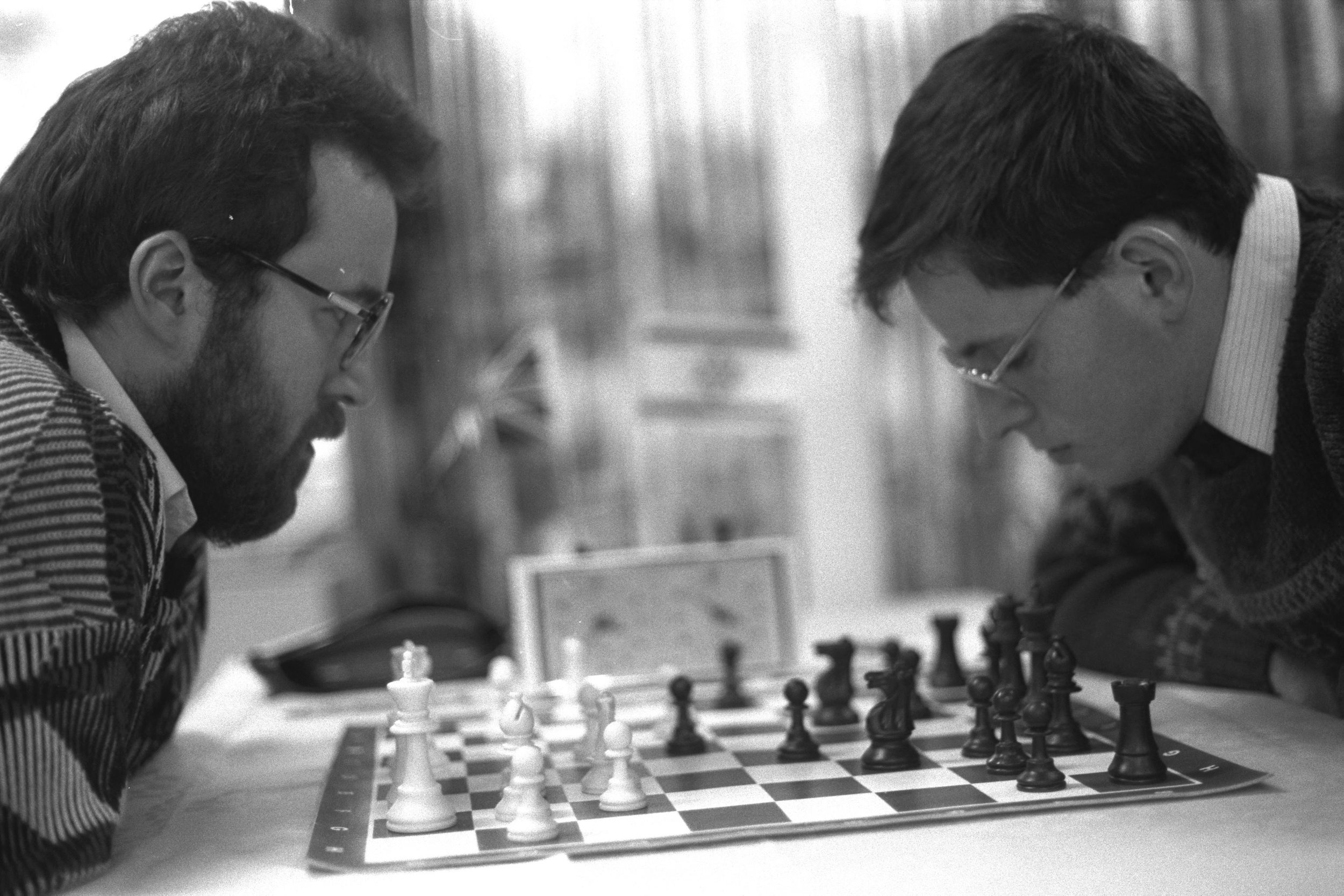For a viewer, it’s all about moving one piece of chess coin from one position to another. But only the chess player who has made the move knows what has happened inside his or her mind. Within the few seconds of looking at the board, the chess player would have played a hundred moves, cracked 50 strategies, made 10 sacrifices, read the opponent’s mind, come up with counter strikes and zeroed in that one move he went on to play. Sometimes, all we can do is look at a chess player and get inspired by their thought processes and approach to life and chess in general.
But can everyone develop such a rapid mind and advance activities in the brain? Are masterminds born prodigies or are they are self-made? Well, Magnus Carlsen has a simple answer. He says, “practice is your intuition, practice is your calculation, practice is everything.” Researches show that everyone can train their minds to think faster, more precise and dynamically like that of a chess mastermind with practice. It is a known fact that the minds of chess players are slightly different (in a good way) than that of average people. Studies reveal that chess players showcased more activities on their parietal and frontal cortices of the brain. These regions of the brain specialize on recognition and problem solving.
To understand the mind of a chess player better, scientists at the Cluster of Excellence Cognitive Interaction Technology at the Bielefeld University also conducted tests on this and have released a set of their initial findings. The test was named Ceege – Chess Expertise from Eye Gaze and Emotion – and involved the recording of a player’s eye movements and face expressions during the game. With eye tracker glasses and techniques, the researchers studied diverse behaviors and even recorded body language.
Some of the excerpts from the study reveal that chess players show differences at significant levels in their eye movements. They tend to concentrate mostly on the chess pieces that could break or make the game and added that experts controlled their attention spans more than beginners. You can read the entire piece here.
If this test was too technical, simply understand that chess is more than a game for pass time. Throwing in some more research results, kids who took up chess classes for consecutive 18 weeks showed significant improvements in their IQs. Simultaneously, early exposure to chess also inculcates in them critical thinking and problem solving skills. Besides, playing chess also shrinks your brain which is actually a very good sign. Such a shrinkage reflects the enhanced efficiency of the brain and on behavioral expertise. Constant exposure to chess also allowed players to use both the sides of the brain. They use their left side to make logical moves and the right side to form patterns from past games.
One of the biggest breakthroughs in research related to chess is that playing the game during old age can actually reduce the risk of Alzheimer’s. The New England Journal of Medicine published a paper which revealed that elderly people who played chess after 70 were less likely to develop dementia or any disorder related to memory.
So far, you have been knowing only the generic advantages of how chess is useful for your kids or for yourself. Now you have information on the technicalities on brain functions and skill developments. We believe information which is not put to use is futile. So, if you intend to inculcate critical life skills and really level up your brain functions, take up a chess class today.


